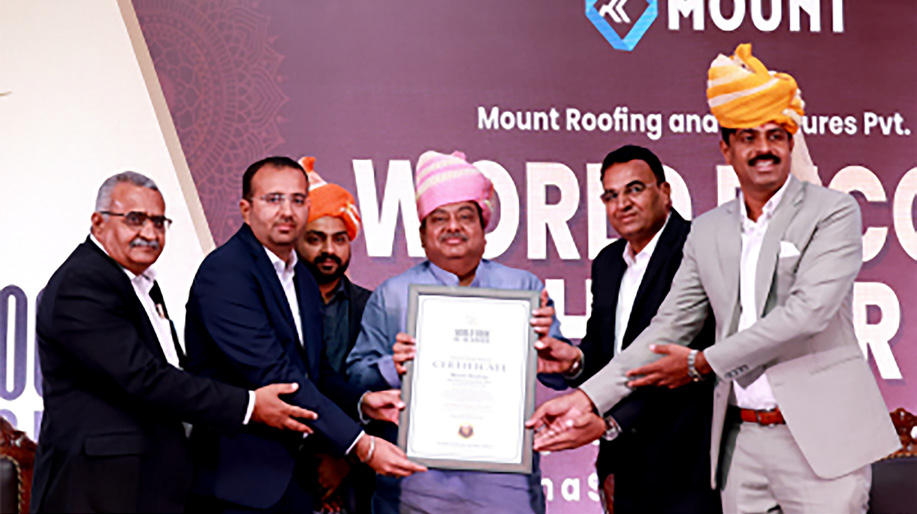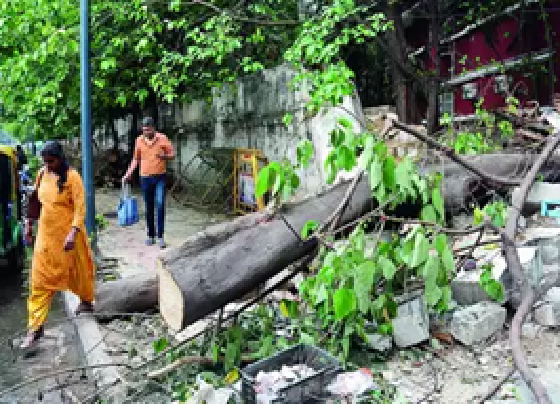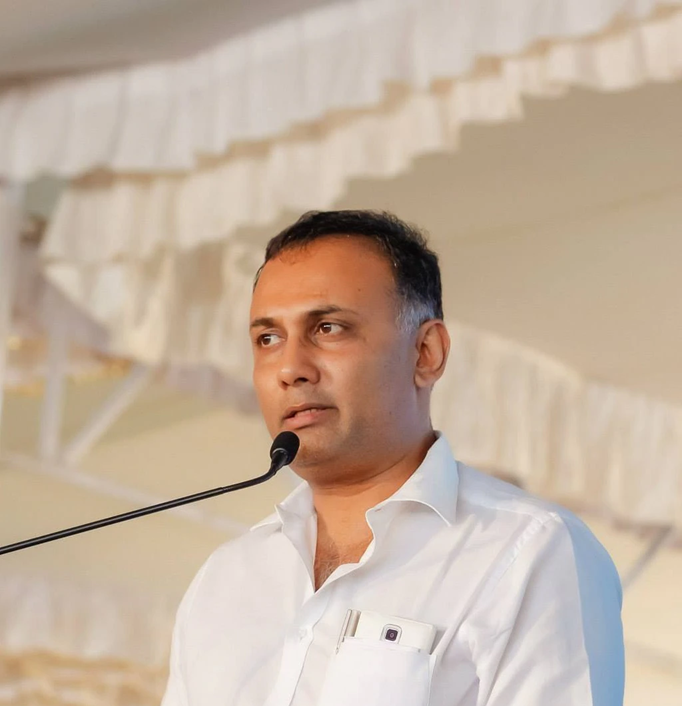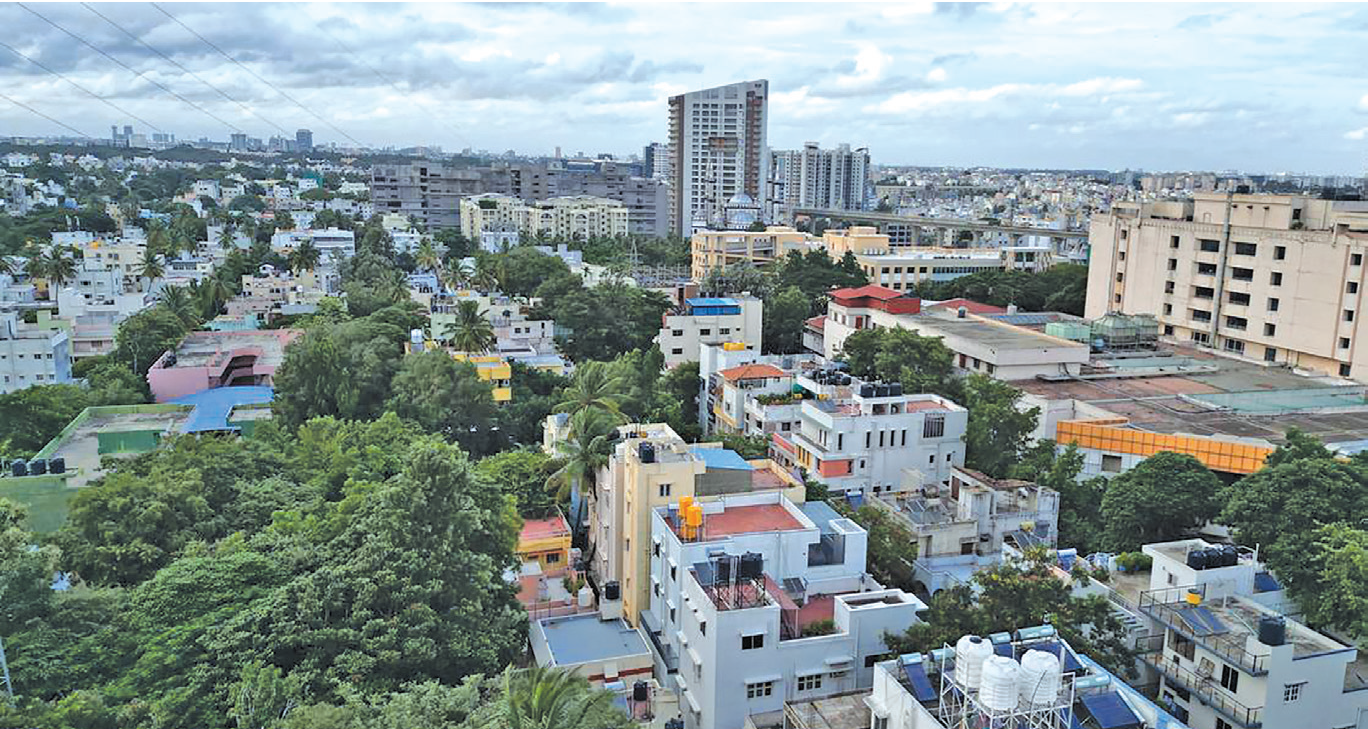
Diagnosing drug-resistant TB
Dr. Neha Mishra (Consultant - Infectious Diseases, Manipal Hospital Old Airport Road)
Tuberculosis (TB) is regarded as one of the potential serious chronic bacterial infections that primarily affect the lungs. It spreads through tiny droplets when an infected person coughs or sneezes.
Patients with active TB need long-term treatment with antibiotics to prevent death and complications related to it. Multi drugresistance TB (MDR TB) occurs when the bacteria become resistant to the action the main drugs used to treat TB. Most MDR TB is resistant to first-line and if there is resistance to multiple drugs including second-line anti-tubercular drugs we term it as XDR Tuberculosis.
Patients with active TB need long-term treatment with antibiotics to prevent death and complications related to it. Multi drugresistance TB (MDR TB) occurs when the bacteria become resistant to the action the main drugs used to treat TB. Most MDR TB is resistant to first-line and if there is resistance to multiple drugs including second-line anti-tubercular drugs we term it as XDR Tuberculosis.
TB burden in India
India accounts for one-fifth of all global cases - the highest in the world. TB prevalence is reported to be about three million in our country with two million new cases adding on every year. More than 280,000 patients lose their life to TB every year.
Moreover, India’s burden of MDR TB is estimated to be 99,000 cases annually - the second highest in the world after China. Surveys carried out in the country suggest that MDR TB prevalence be about 2-3% among new cases and 12-17% among re-infection cases.
India accounts for one-fifth of all global cases - the highest in the world. TB prevalence is reported to be about three million in our country with two million new cases adding on every year. More than 280,000 patients lose their life to TB every year.
Moreover, India’s burden of MDR TB is estimated to be 99,000 cases annually - the second highest in the world after China. Surveys carried out in the country suggest that MDR TB prevalence be about 2-3% among new cases and 12-17% among re-infection cases.
Current gaps in diagnosis
An early diagnosis of any disease is the first step towards effective management. It is difficult to establish an accurate diagnosis of MDR TB in India because of the following reasons.
An early diagnosis of any disease is the first step towards effective management. It is difficult to establish an accurate diagnosis of MDR TB in India because of the following reasons.
? Drug resistance cannot be identified through clinical signs and symptoms and the only way to identify it is through laboratory testing. Globally, only 57% of the pulmonary TB cases have been confirmed through laboratory tests. The undiagnosed patients will go untreated and transmit the disease into society.
? Sputum microscopy is the most widely available, rapid and affordable testing done to confirm TB diagnosis. This test, however, fails to identify MDR TB from that of drug-susceptible TB. This test thus should be followed by drug susceptibility testing (DST) as per guidelines to establish drug resistance.
? The results of the DST take about 2-12 weeks and in a developing country like India, there are very few such laboratories that have the required expertise and technical skills to carry out these tests accurately.
? The new tools for diagnosing MDR TB such as Xpert MTB/RIF which has the advantage of diagnosing drug resistance in just 24 hours requires specialised laboratory and trained personnel, making them unaffordable for the economically deprived in India.
? The number of certified laboratories to perform TB diagnosis remains a handful as compared to the huge number of TB cases in the country. Thus, the number of laboratories needs to be scaled up rapidly to enable efficient testing. Line probe assay is another test which helps us getting the drug resistance tested faster than DST, although the availability of this test again remains limited.
? Whole-genome sequencing (WGS) studies carried out in our population suggests that Indians have several novel mutations that may not be detected by commercial molecular tests. WSG has been adopted by several developed countries for the routine identification of drug resistance in TB. India is yet to adopt it. There are ongoing efforts from private and public health sector to manage it better and to get the microbiological and/or molecular diagnosis for TB prior to stating treatment.
Conclusion
The need of the hour is to establish laboratory diagnosis of MDR TB in India in as many cases as possible to reduce morbidity and mortality related to TB.
The need of the hour is to establish laboratory diagnosis of MDR TB in India in as many cases as possible to reduce morbidity and mortality related to TB.
 English daily published in Bengaluru & Doha
English daily published in Bengaluru & Doha






